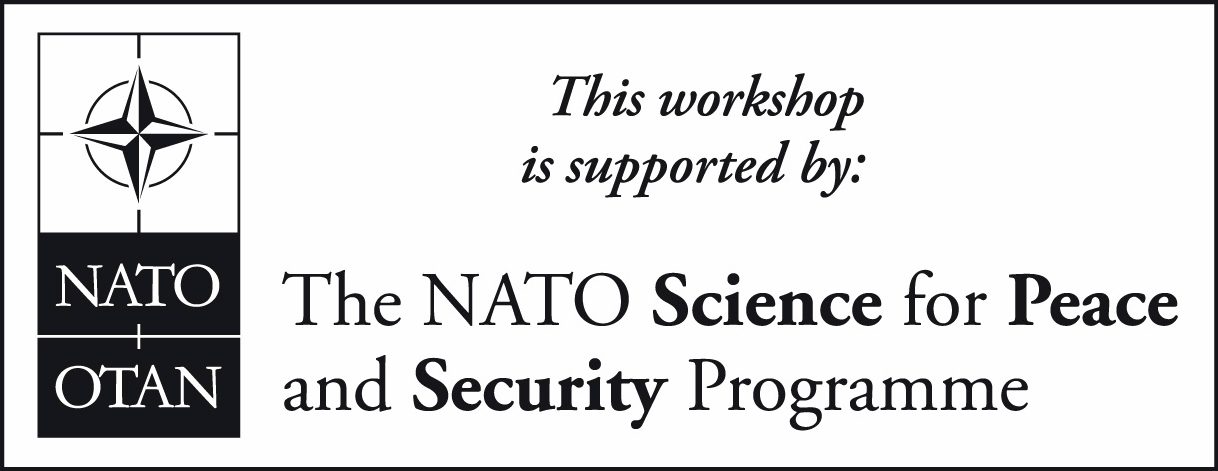
Osvaldo Novais Oliveira Jr., Full Professor in Physics, University of São Paulo, at São Carlos, Brazil
Date and Place of Birth: August 13, 1960, Barretos (Brazil)
Director of the Sao Carlos Institute of Physics, University of Sao Paulo
Member of the Brazilian Academy of Sciences, and Latin American Academy of Sciences
President of the International Union of Materials Research Societies (IUMRS)
Executive Editor of ACS Applied Materials & Interfaces.
Academic Background
1982 B.Sc. Physics (São Carlos, Brazil)
1984 M.Sc. Applied Physics (São Carlos, Brazil)
1990 Ph.D. Electrical Engineering (Bangor, U.K.)
Academic Career
1985-1990 – Assistant Lecturer at Universidade de São Paulo, USP (Brazil)
1990-1993 – Lecturer at USP (Brazil)
1993- 2008 – Associate Professor at USP (Brazil)
2008-present – Full Professor at USP (Brazil)
Visiting scholar at University of Massachusetts Lowell (USA), 2000-2001
Visiting professor at the Universidade de Aveiro, Portugal, 2006
Visiting professor at the University of Bordeaux, January, 2018
Visiting professor at the Jagellonian University, Krakow, Poland, January, 2019
Research
(i) areas of research: electrical properties of polymers, nanostructured films, sensing and biosensing, and Natural Language Processing (Computational Linguistics) and artificial intelligence.
(ii) publications: ca. 690 papers, published in refereed, international journals, which received over 20,000 citations (h= 63) in the Web of Science, 23 book chapters, 3 books and 13 filed patents.
(iii) supervision: 52 MSc. and PhD dissertations successfully completed from 1992-2021.
Professor Oliveira has led research into the fabrication of novel materials in the form of ultrathin films obtained with the Langmuir-Blodgett and self-assembly techniques. Most of this work has been associated with fundamental properties of ultrathin films with molecular control, but technological aspects have also been addressed in specific projects. In recent years, he has pioneered the combined use of methods from distinct fields of science, with the merge of methods of statistical physics and computer science to process text, and use of information visualization to enhance the performance of sensing and biosensing. This pioneering work is associated with the merge of nanotechnology with Big Data Analytics, bound to yield developments in technology such as computer-aided diagnosis systems.


